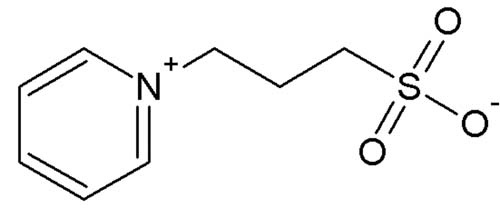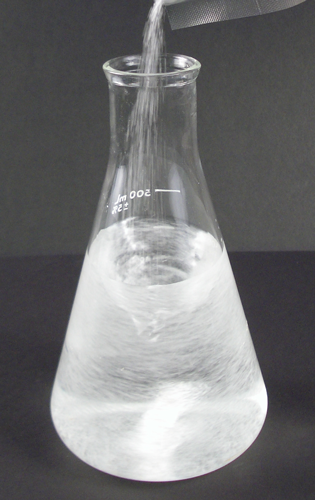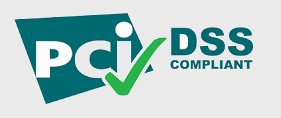Chromatography is a versatile field with a wide range of applications. It’s accomplished by fractionating a mixture into its molecular components. Chromatography was first used in 1901 by Russian botanist Mikhail Tsvet when he realized the technique could separate plant pigments. It has since become widely developed and utilized for separation analysis in various scientific fields.
Chromatography Series Part I: Liquid Chromatography Basics
Topics: Protein Purification
Role of Non-Detergent Sulfobetaines in Protein Purification
There are several contemporary methods for protein purification. Some techniques are very powerful, such as reverse phase chromatography, immunoadsorption, or affinity chromatography. However, these methods may ultimately denature protein and negatively impact the desired product. Likewise, recombinant proteins recovered from inclusion bodies are often aggregated and nonfunctional. In all of these situations, the purified protein product must be renatured for further use.
Topics: Protein Purification, Detergents
Ammonium Sulfate Protein Precipitation: The key to Salting-Out
Salt precipitation can be a very powerful tool to purify proteins by precipitation. Ammonium sulfate is usually the salt of choice since it is cheap, very soluble in water, and is able to become much more hydrated (interacts with more water molecules) than almost any other ionic solvent. In practice, ammonium sulfate is either added directly as a solid or added as a (usually) saturated solution to precipitate desired proteins.
Optimize Elution Conditions in Affinity Chromatography to Antibodies
Immunoaffinity purification utilizes the unique high specificity of purified antibodies (polyclonal and monoclonal) immobilized onto a solid matrix (porous agarose beads) to rapidly and selectively purify target analytes from a complex mixture. Optimal elution conditions allow for the efficient purification of an active analyte while still allowing later regeneration of the immobilized antibodies.
Topics: Protein Purification







